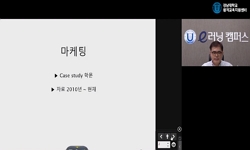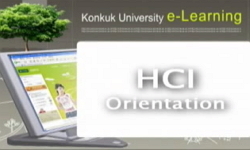Satisfaction paradox indicates customer satisfaction does not necessarily translate into customer repurchase. Competitor’s attractiveness and customer demographics are two main moderators for the paradoxical phenomenon. Competitor’s attractiveness...
http://chineseinput.net/에서 pinyin(병음)방식으로 중국어를 변환할 수 있습니다.
변환된 중국어를 복사하여 사용하시면 됩니다.
- 中文 을 입력하시려면 zhongwen을 입력하시고 space를누르시면됩니다.
- 北京 을 입력하시려면 beijing을 입력하시고 space를 누르시면 됩니다.
https://www.riss.kr/link?id=A105472196
- 저자
- 발행기관
- 학술지명
- 권호사항
-
발행연도
2018
-
작성언어
English
- 주제어
-
KDC
325
-
등재정보
01
-
자료형태
학술저널
-
수록면
1428-1428(1쪽)
- 제공처
-
0
상세조회 -
0
다운로드
부가정보
다국어 초록 (Multilingual Abstract)
Satisfaction paradox indicates customer satisfaction does not necessarily translate into customer repurchase. Competitor’s attractiveness and customer demographics are two main moderators for the paradoxical phenomenon. Competitor’s attractiveness exhibits customer switching effect, whereas customer demographics imply customers moored with their current service provider. Still, the cases were few investigated in B2B settings where customers are in general more complex than consumers as involving more intricate organizational network influences. In a business network, transactions may incur buyer/seller relational activities that mitigate paradoxical behavior. Nonetheless, the variable is yet identified and the interacting effects between the moderating variables are not clarified. Thus, this study aims to develop an operational model to classify satisfied customers into loyal, moored and paradoxical segments using three genres of moderators: competitor’s attractiveness, organizational and transactional variables in a B2B setting. In the model, the theoretical bases of switching behaviors are applied for four statistical analysis executed in a logic sequence, including a factor analysis to consolidate quality measurements, a quadrant analysis to locate the effect of competitor’s attractiveness, a clustering analysis to segment satisfied customers into four segments, and finally, nonparametric tests to validate the organizational and transactional segmentation variables. Empirically, we study Taiwanese manufacturers who engaged in global trade and have had experiences in choosing the global air express services that form an oligopolistic market and a strategic group so competitor’s attractiveness can be better calibrated. A total of 180 valid samples are collected and analyzed. The results contribute to the literatures of B2B service marketing.
동일학술지(권/호) 다른 논문
-
FRONTLINE EMPLOYEES’ BEHAVIOR IN SERVICE RECOVERY: THE COMBINATION CAUSES OF SELF-REGULATING PROCESS
- 글로벌지식마케팅경영학회
- Mo Zhang
- 2018
- 01
-
ALL HAIL GOOGLE LLC; GOOGLE SCHOLAR AS AN ALTERNATIVE SYSTEMATIC LITERATURE REVIEW TOOL
- 글로벌지식마케팅경영학회
- James Durl
- 2018
- 01
-
- 글로벌지식마케팅경영학회
- Zhe Zhang
- 2018
- 01
-
- 글로벌지식마케팅경영학회
- Rayan S. Fawaz
- 2018
- 01




 코리아스칼라
코리아스칼라






